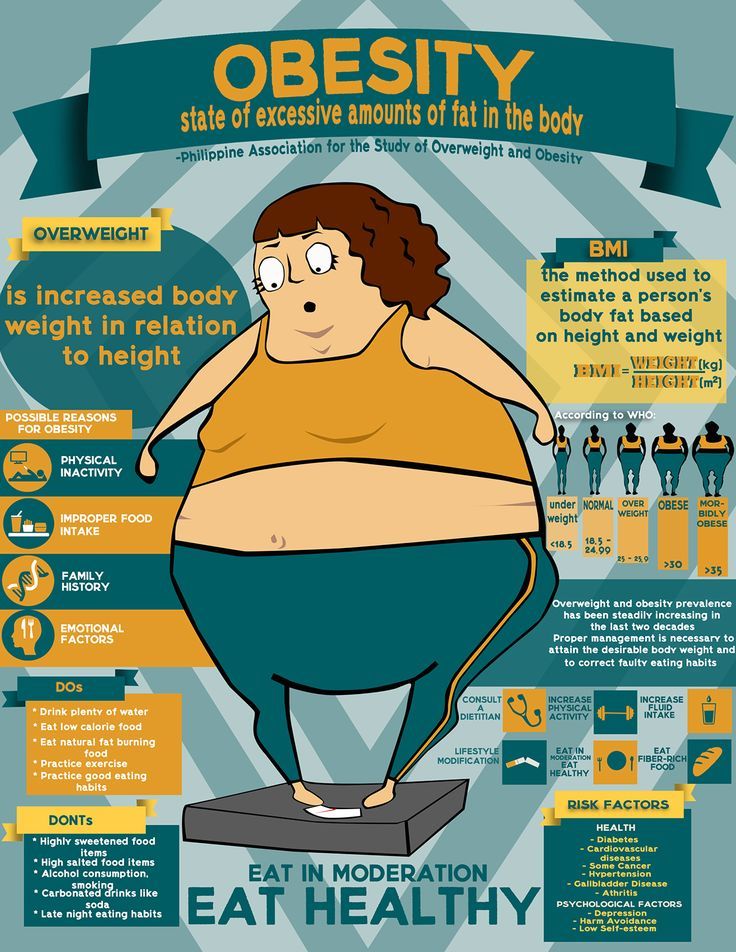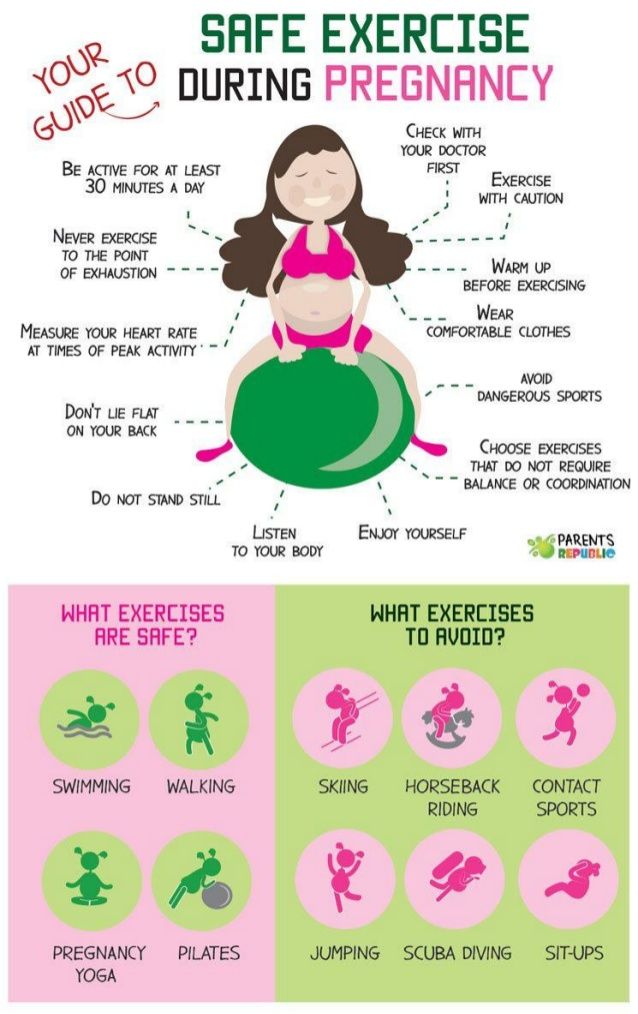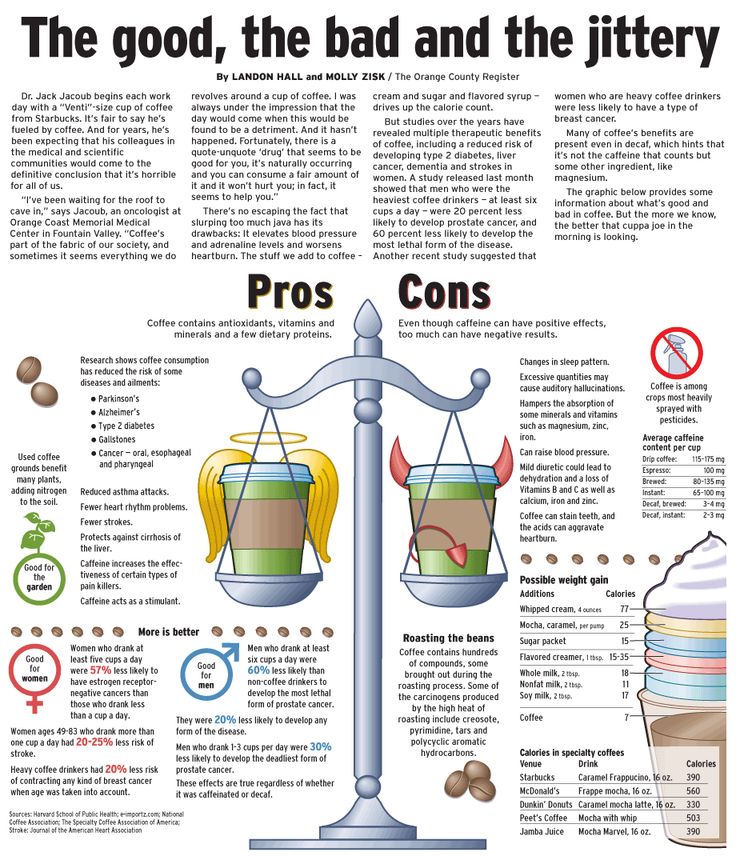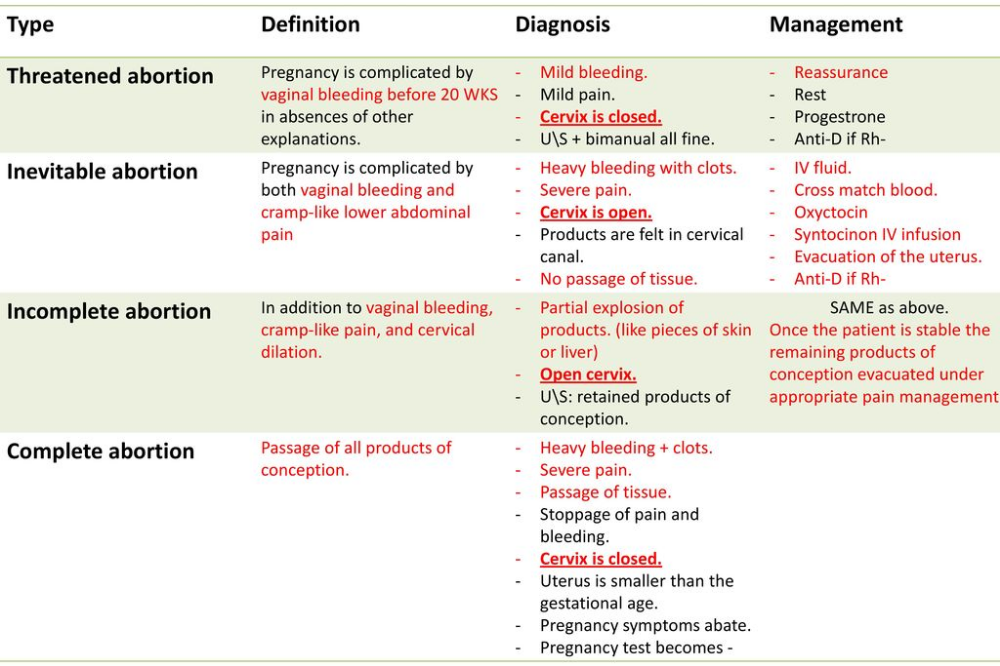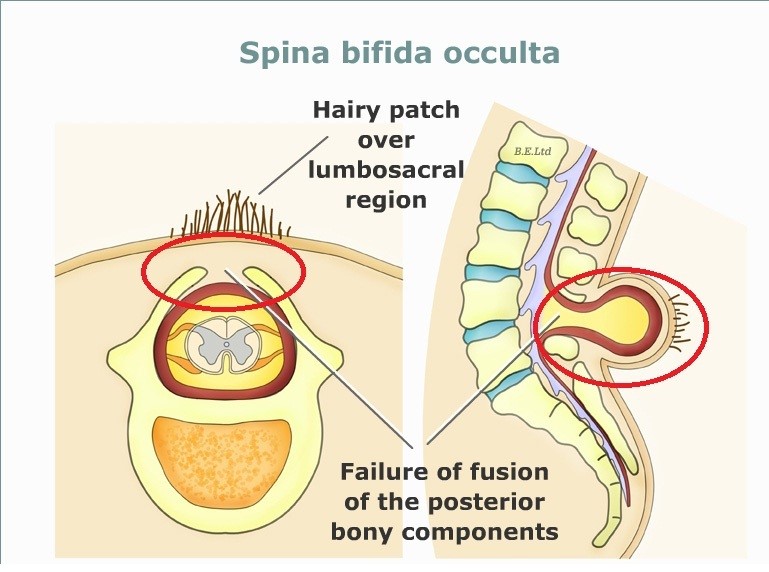How to increase eating habit in child
How to Increase Appetite in a Child
Want to know how to increase appetite in a child? Find out 5 different tips to help your child want to eat so that you can enjoy meals and end that stressful worry!
She took a deep breath before she yelled, “It’s time for dinner!” She knew what the response would be, and right on cue about 3 seconds later, her daughter yelled back, “I’m not hungry,” as she flitted through the kitchen pushing her baby in the toy stroller.
The problem is her daughter NEVER seems to be hungry. It doesn’t matter if it’s breakfast, lunch, or dinner, she doesn’t want to sit and if she does, she barely eats anything.
This little girl, Grace, doesn’t get angry or upset about food, she just doesn’t have an appetite. And, no matter how hard her mother tries to entice her with foods that other kids love, Grace isn’t interested.
If you have a child like Grace at home, you know how stressful it is as you worry about calories, weight, and growth. But, there are ways to give your child’s appetite a boost and help them start to want to eat when you ring the dinner bell.
First, it’s important to understand why some kids seem to not want to eat. And, while there’s some overlap here with picky eating, having a poor appetite can be it’s own animal. Some kids aren’t really picky, they just aren’t hungry.
It seems unnatural and it’s not as common, but a non-existent appetite does happen for a reason. Let’s talk about some of those reasons:
1. Sometimes it’s not a problem with appetite at all. On the surface, it might seem like our kids don’t want to eat, but underneath, it’s really all about a difficulty with eating. When kids are sensitive to textures (see more in sensory issues with food) or have trouble chewing foods (aka oral motor skills), then eating is hard and painful. That sets off a child’s adrenaline and as it rushes through the body, their appetite shuts off.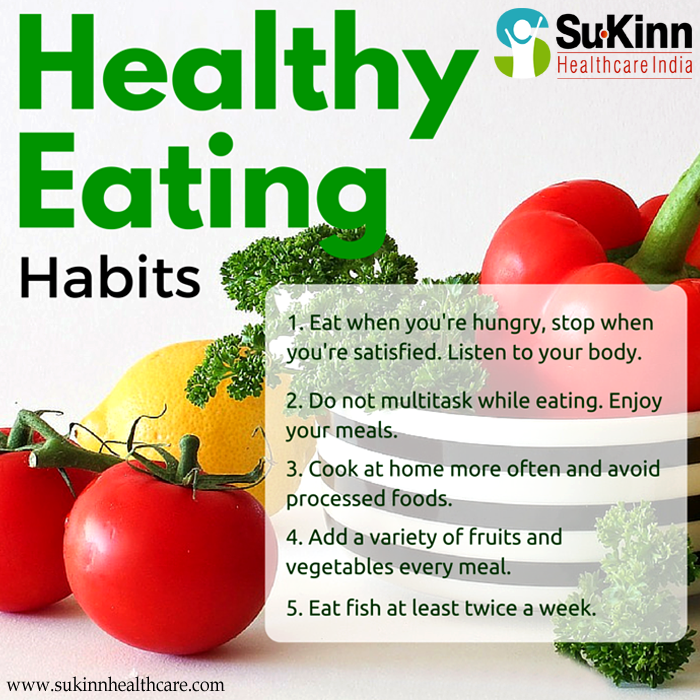
This is also why it’s critical to make sure mealtimes are as positive of an experience as possible. And, why avoiding bribing, begging, or rewarding can also backfire (Read more in the best picky eating tip).
2. Poor appetite can be caused by snacking, of all things. Kids will only eat enough to keep their hunger signals turned off and if they have access to food or milk throughout the day, they may never get truly hungry. And, kids that snack or graze all day may never learn to listen to those signals, so even if frequent snacking stops in the future, it can take some time for the connection between hunger and eating to be made.
3. If both of the above causes are ruled out, then I consider if a child is silently suffering with acid reflux, food allergies, or some other type of digestive issue. Many kids, toddlers, and babies don’t know what normal digestion feels like, they may not complain or cry because of the pain, but they do know that eating will make it worse.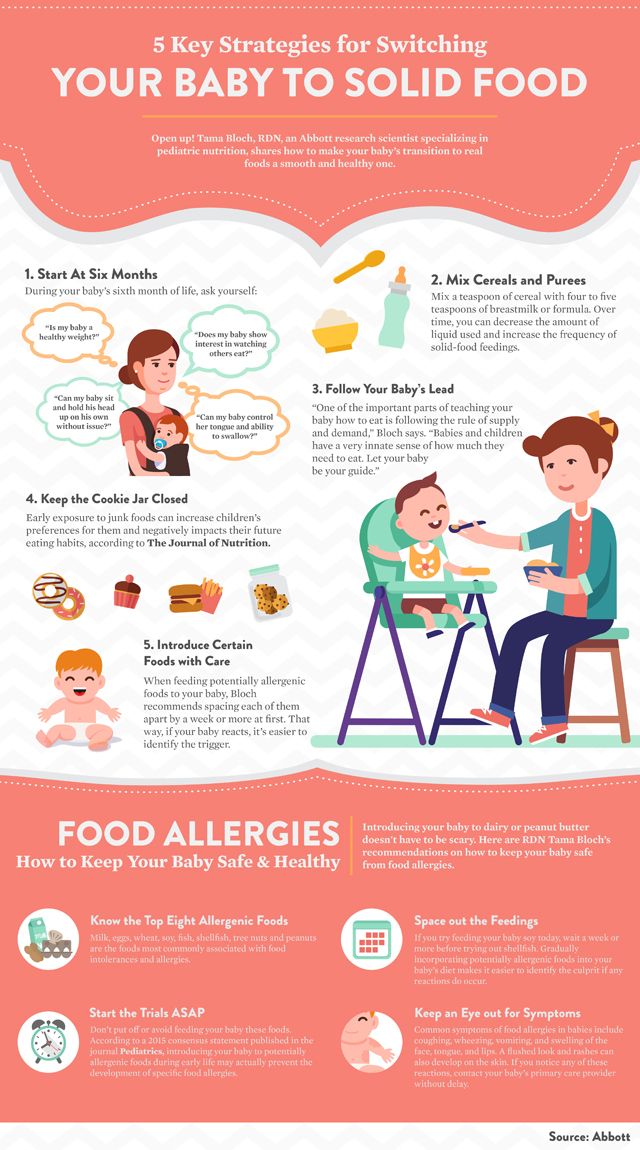 And, that means that they’ll just keep on refusing to eat.
And, that means that they’ll just keep on refusing to eat.
It’s also possible that the brain isn’t even sending any hunger signals because when you’re not feeling well, you don’t feel any hunger. This is the body’s way of protecting itself.
4. Lastly, some children don’t seem to sense that they’re hungry. That signal that most of us get from our stomach to our brain that seems to say: “Hey, feed me,” isn’t getting through. Some therapists consider this the 8th sense, and its called interoception.
Interoception is our sense that controls all of our automatic responses like when we’re hungry, when we’re full, when we need to go to the bathroom, etc. It’s the bodily functions that we sort of take for granted, but sometimes that communication simply isn’t happening.
Most doctors and pediatrician’s will only be concerned about your child’s appetite if they aren’t growing or putting on weight well. If they aren’t, often the first step is feeding therapy. And, the next step is trying a prescribed pharmaceutical appetite stimulant. In my experience, the one most commonly given is Periactin.
And, the next step is trying a prescribed pharmaceutical appetite stimulant. In my experience, the one most commonly given is Periactin.
While I’ve only worked with a limited group of kiddos using Periactin (generic name is Cyprheptadine) or another appetite stimulant, I’ve not seen consistent results. For some kids, it has helped a little, but I’ve seen a lot of families trying to cope with the side effects. You can find a list of those side effects here.
I say that not to sway you, but to simply inform you of all the different aspects of choosing this route.
Sometimes the situation is desperate, and if a child doesn’t start eating, they may be placed on a feeding tube. That’s a scary thing for a family to face, and trying a drug first could very well be worth it. But, if there’s time, and usually there is, I like to start with some other strategies:
- Schedule – First and foremost, because this can change everything. I suggest making sure you’re feeding your child only at meals and scheduled snacks.
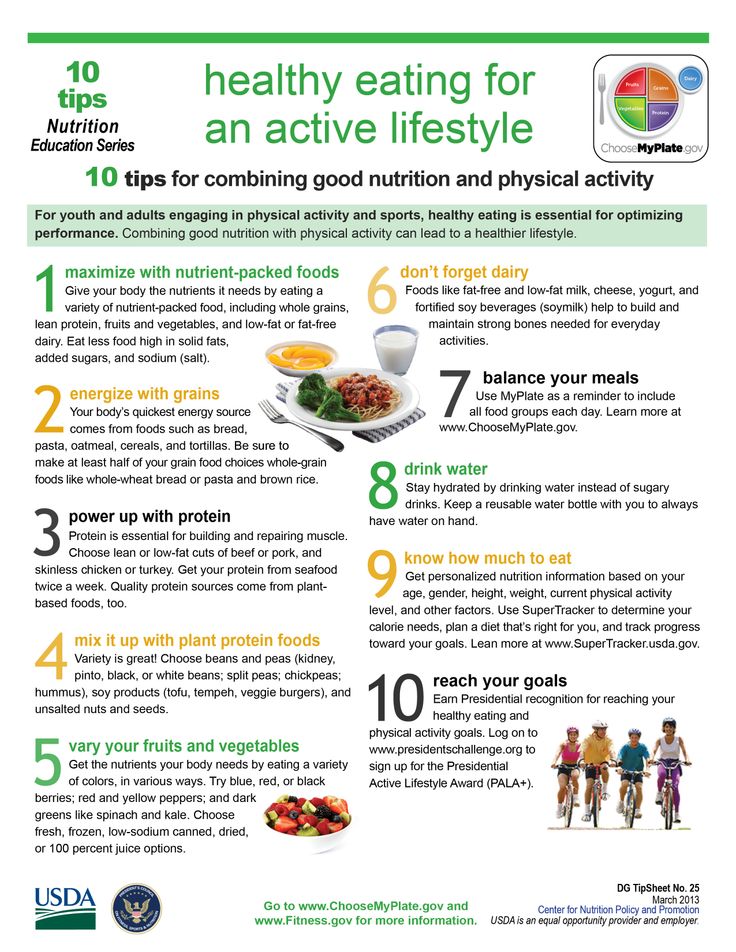 I schedule those meals based on an interval of every 2 and 1/2 to 3 hours apart. That means if your child starts eating breakfast at 8 am that they start their next meal at 10:30 to 11 am. And, that continues throughout the day.
I schedule those meals based on an interval of every 2 and 1/2 to 3 hours apart. That means if your child starts eating breakfast at 8 am that they start their next meal at 10:30 to 11 am. And, that continues throughout the day.
One of the biggest misconceptions I see is that when a child is eating poorly you should let them eat wherever and whenever they want because anything is better than nothing. I get it, that seems to make sense, but remember how we talked about kids eating just enough to take the edge off their appetite.
Well, 2 goldfish cracker here and a pretzel there can absolutely tank a child’s appetite. Over and over again, I’ve seen parents make this one change with eating on a schedule and huge changes happen in how much food their child is willing and able to eat!
- Water – It’s also important to give your child water in between meals so they don’t fill up on milk or juice because both of those beverages can also top off an appetite.
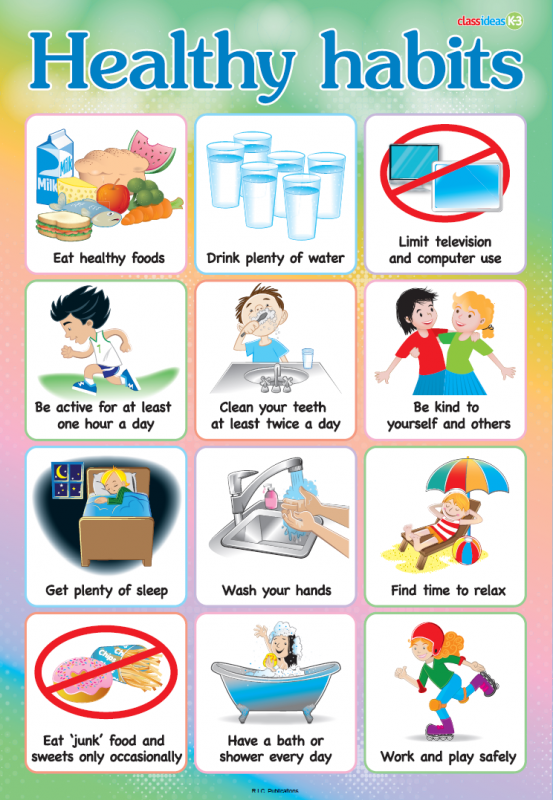 And, when a child doesn’t particularly enjoy eating or they’re a busy toddler, they’d rather just drink those calories. Instead, pair milk or juice with their meals or immediately afterwards.
And, when a child doesn’t particularly enjoy eating or they’re a busy toddler, they’d rather just drink those calories. Instead, pair milk or juice with their meals or immediately afterwards.
- Get moving – Running, jumping, and any other type of physical activity can help increase your child’s appetite. Sedentary activities, especially watching a tablet, phone, or TV for long periods of time burn few calories and your child may not be as hungry as a result.
- Mindfulness – Remember how some kids don’t seem to notice that they’re hungry? Well, talking to them about if their belly feels full or empty is a great way to start making that connection! Ask questions like, “How does your belly feel, empty or full?” And, be prepared for them not to be sure, if you know they haven’t eaten for a while, you want to tell them that it’s empty!
Next week, I’ll have an entire new post dedicated to mindfulness activities so you can grab some more ideas. To make sure you don’t miss it, I have this free printable: 9 Ways to Improve Your Child’s Eating. I’ll send it to your inbox and let you know when that new post is ready!
To make sure you don’t miss it, I have this free printable: 9 Ways to Improve Your Child’s Eating. I’ll send it to your inbox and let you know when that new post is ready!
- Explore – Many kids with a decreased appetite haven’t had a lot of positive experiences with food, or even interacted with it very much. That’s why giving them an opportunity to play with and explore food is beneficial. It may light an interest in eating that wasn’t there before, and at a minimum, it can help them get used to new and different foods.
To encourage exploration, think about setting up cooking activities for your child to help with. Sensory bins are also great way to use cooked noodles, dry rice, and other foods in play. Even making painted prints and art with different types of food. Like, what type of shape does the noodle make or can you use broccoli as a paintbrush?
Many kids will benefit from a combination or all of these activities to increase their appetite! Make sure you’re keeping the doctor in the loop and that you’re consistently trying, which can sometimes be the hardest part!
I wanted to talk briefly about baby appetite here, because some of the strategies above won’t work for babies. For instance, they are on their own unique schedule, depending on how old they are. (You can find different baby schedules here and here).
For instance, they are on their own unique schedule, depending on how old they are. (You can find different baby schedules here and here).
Also, milk is their primary source of nutrition up until age 1, but it’s important that babies are eating table foods by 10-11 months old. (Head to How to Transition to Table Foods if you need help with that.)
Most commonly, when I see babies not wanting their milk, it’s due to acid reflux, sometimes silent reflux. This can be hard to diagnose, but it happens a lot. You can read this post on how to help babies with silent reflux to learn more about the symptoms, so that you’re able to talk to your doctor and together choose the best course of treatment.
Food allergies, such as dairy and soy, are another common culprit.
Beyond that, once a baby is 6 months old, you can focus on serving them foods at 1-2 meals per day. Pick a time in your routine, eat together, and stick to it day in and day out so they know what to expect. You may want to schedule food time before bottle or nursing if it’s only real food that they’re refusing or showing no interest in.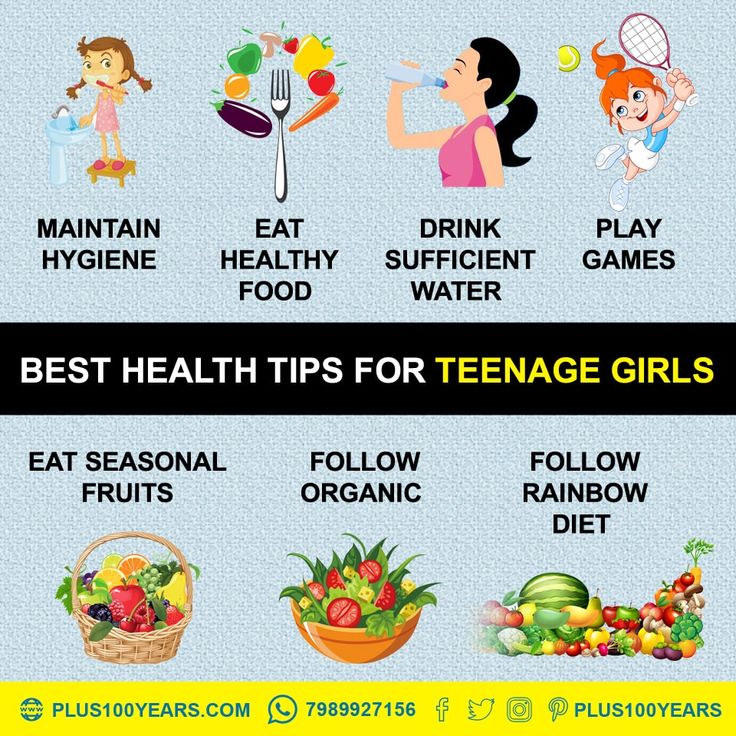
During meals, bring in that exploration time by letting them spread baby food all over their tray, even if the won’t put it into their mouth. Think about playing with food too, away from the table, and encouraging them to chew on teething toys so they get practice.
If you have a child that you believe is also a picky eater and you want to get some powerful tips from an occupational therapist, then join me in my free workshop: 3 Keys to Turn Around Picky Eating.
These keys are helpful for building your child’s appetite and I’ll also send you a free workbook to use in your email!
Click here to get a spot in the free workshop!
Why Getting Sick Can Snowball Into Picky Eating
A Weird but Effective Trick for Picky Eaters
Perfect Lunch Ideas for Picky Eaters at School, Home, or Daycare
Alisha Grogan is a licensed occupational therapist and founder of Your Kid’s Table.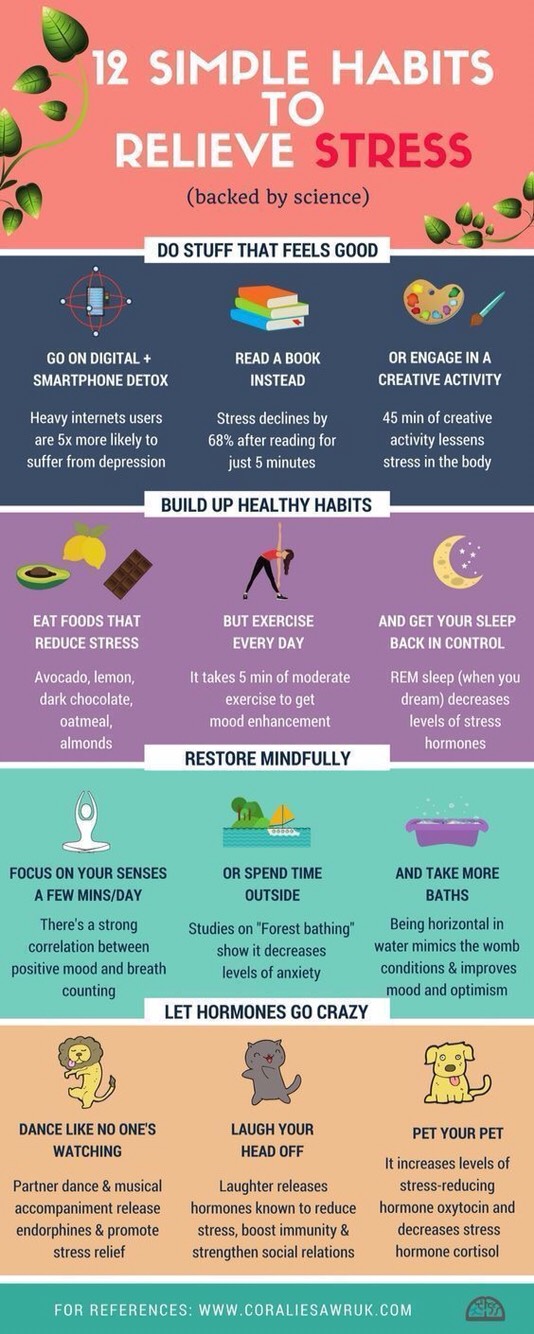 She has over 14 years experience with expertise in sensory processing and feeding development in babies, toddlers, and children. Alisha also has 3 boys of her own at home. Learn more about her here.
She has over 14 years experience with expertise in sensory processing and feeding development in babies, toddlers, and children. Alisha also has 3 boys of her own at home. Learn more about her here.
How to Increase Appetite in an Underweight Child
Involve your child in choosing foods.
Image Credit: NYS444/iStock/Getty Images
Though the prevalence of underweight children in the United States has decreased over the years, it is still a problem for about 3.5 percent of U.S. children, according to the Centers for Disease Control and Prevention. Your child is considered underweight if her body mass index is below the 5th percentile for her age and gender. BMI is a standard measurement of body mass that takes your child's age and gender into consideration. Before you do anything, take your child to see a pediatrician and have her evaluated based on clinical growth charts. Children come in all shapes and sizes, and it's crucial to make sure your child really is underweight first.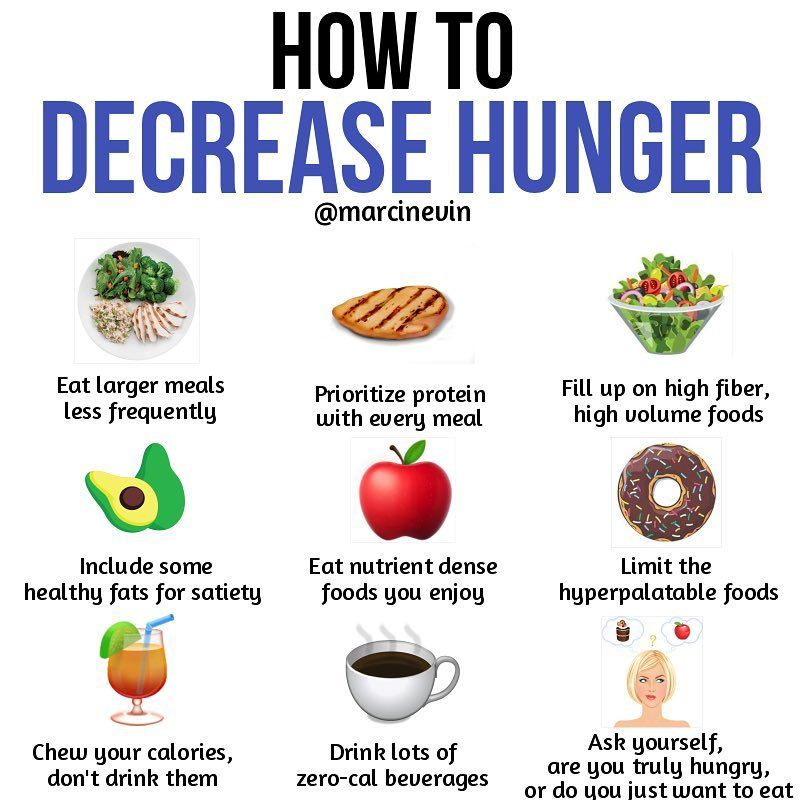 Being underweight is different than just being slim or thin.
Being underweight is different than just being slim or thin.
Video of the Day
Rule Out Underlying Causes of Underweight
Trying to prod your child to eat more won't help if there's an underlying cause of poor appetite. That's why it's crucial to rule out medical causes of underweight. Undiagnosed food intolerance, dietary allergies and other digestive problems such as pediatric inflammatory bowel disease, commonly cause poor appetite in children. Everything from lactose intolerance, to Celiac disease -- an autoimmune reaction to the protein gluten in foods like wheat, rye and barley -- can impact a child's desire to eat and lead to decreased weight. Allergies to peanuts and eggs are also prevalent in children. Have your pediatrician rule out underlying issues that may prevent your child from eating enough and gaining weight.
Tailor Food Choices to Boost Appetite
If your child doesn't have an adequate appetite, you may have a picky eater on your hands.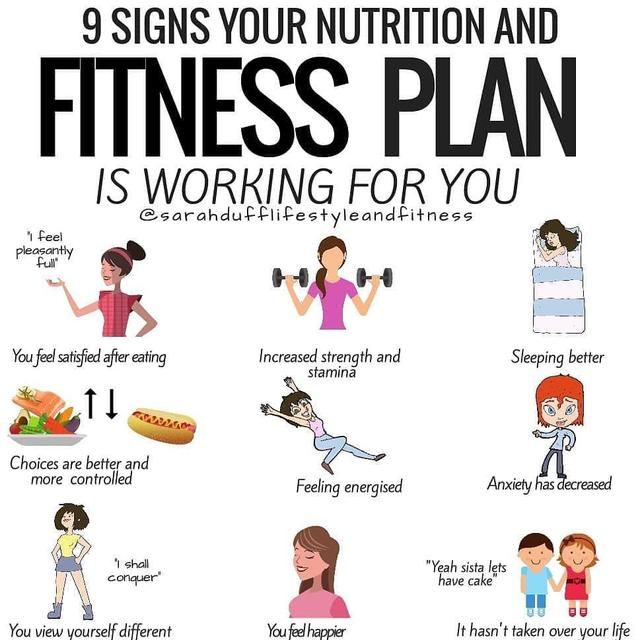 The truth is, children are often reluctant to accept new foods and may make a fuss over new textures and tastes. Take an inventory of the nutritious foods you know your child enjoys eating and tailor his meals around those foods. You may notice that he's willing to eat more when meals consist of his favorite foods. If your child is a picky eater, the initial rotation of foods may seem somewhat limited. However, with time, most picky eaters develop a normal appetite and begin accepting a wider variety of foods.
The truth is, children are often reluctant to accept new foods and may make a fuss over new textures and tastes. Take an inventory of the nutritious foods you know your child enjoys eating and tailor his meals around those foods. You may notice that he's willing to eat more when meals consist of his favorite foods. If your child is a picky eater, the initial rotation of foods may seem somewhat limited. However, with time, most picky eaters develop a normal appetite and begin accepting a wider variety of foods.
Ensure Your Child Gets Enough Exercise
In previous generations, children ran around for hours and played outside, expending a lot of energy engaging in physical activities. Today, more and more children are sedentary, choosing instead to play video games or use mobile devices. Encourage your child to get enough physical activity to help stimulate appetite. Children need 60 minutes or more of exercise each day, according to the Centers for Disease Control and Prevention.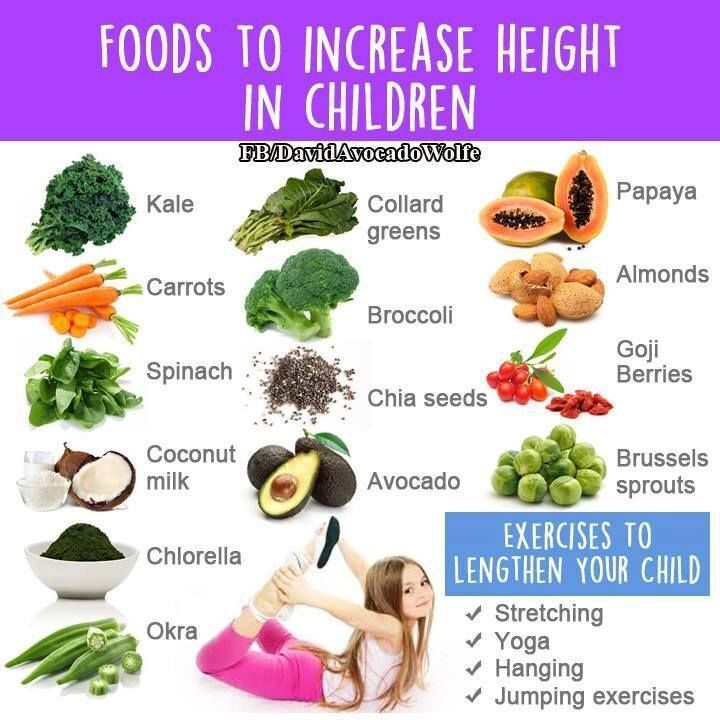 Riding bikes or skateboards or joining a sport is a good way for your child to get plenty of exercise. You may notice that just by getting more exercise, your child's appetite increases.
Riding bikes or skateboards or joining a sport is a good way for your child to get plenty of exercise. You may notice that just by getting more exercise, your child's appetite increases.
Choose Calorie-Dense Foods to Boost Weight
If you're having trouble boosting your child's appetite, increase the calorie density of the foods you give her so she doesn't need to eat a higher volume of foods. Making some adjustments in food choices is a good way to increase calories. Try high-calorie snacks such as guacamole, made from fresh avocados, tomato and onions, along with whole-wheat crackers for dipping. Granola and trail mix are other excellent ideas for higher calorie snacks. Another versatile option is to make smoothies. You have the option of using various bases such as yogurt or almond milk and add your child's favorite fruits or nut butters.
Is this an emergency? If you are experiencing serious medical symptoms, please see the National Library of Medicine’s list of signs you need emergency medical attention or call 911.
How to increase a child's appetite - advice from a child psychologist - Popasna.City
The problem of poor appetite or its absence in children has recently become relevant. Parents often complain that their child does not want to eat anything, they say: “I don’t like it!”. Naturally, refusal to eat worries parents (and this is normal), they worry that their children do not receive enough energy and nutrients. They run after the child with a spoon all over the house, but the child still does not want to eat. What to do?
We need to find out the reason for the child's refusal to eat!
- Do not like the taste, color of food;
- Too hot or vice versa cold;
- Something bothers the child (tired, wants to sleep, hurts, etc.).
Read also: How to increase your child's motivation to study: 11 important tips
How to improve appetite if the refusal to eat is not related to the child's health?
1.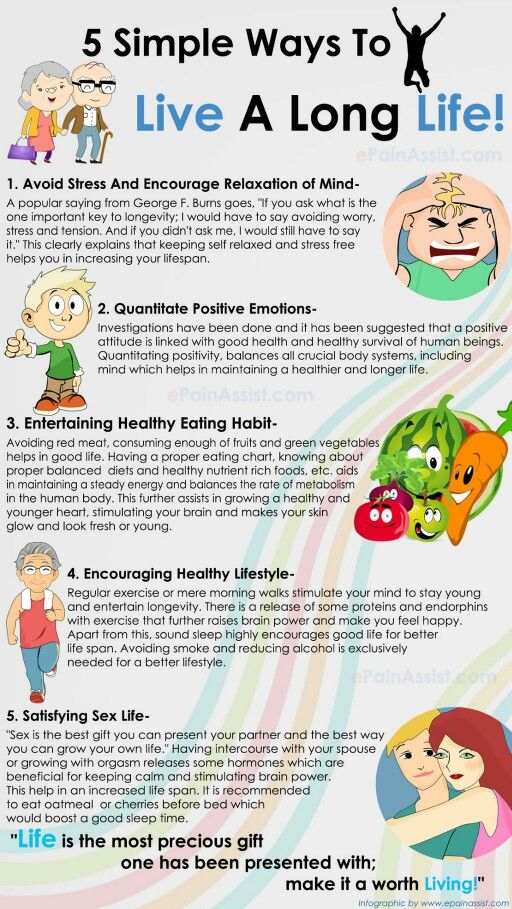 Do not use blackmail or threats. “If you don’t eat, you won’t go for a walk!”, “Don’t finish your meal, I won’t give you candy!” etc.
Do not use blackmail or threats. “If you don’t eat, you won’t go for a walk!”, “Don’t finish your meal, I won’t give you candy!” etc.
2. Do not distract with toys, fairy tales, do not feed in front of the TV or computer. This forms the wrong habits in the process of eating.
3. Do not overfeed. Each age has its own food intake. Maybe the child does not eat everything because you give too much portion.
Don't give your child too much food
4. Don't force your child to eat if he is tired or in a bad mood. It is better to talk and find out the reason for the bad mood, offer help, listen.
5. Try to eat with the whole family, start a ritual. The regime calms the child, and when he sees that everyone is eating with appetite, he is unlikely to want to sit alone on the sidelines.
Read also: 6 tips on how to cope with children's tantrums
6. Walk more in the fresh air. Pay attention to more mobile, active games that require more energy absorption.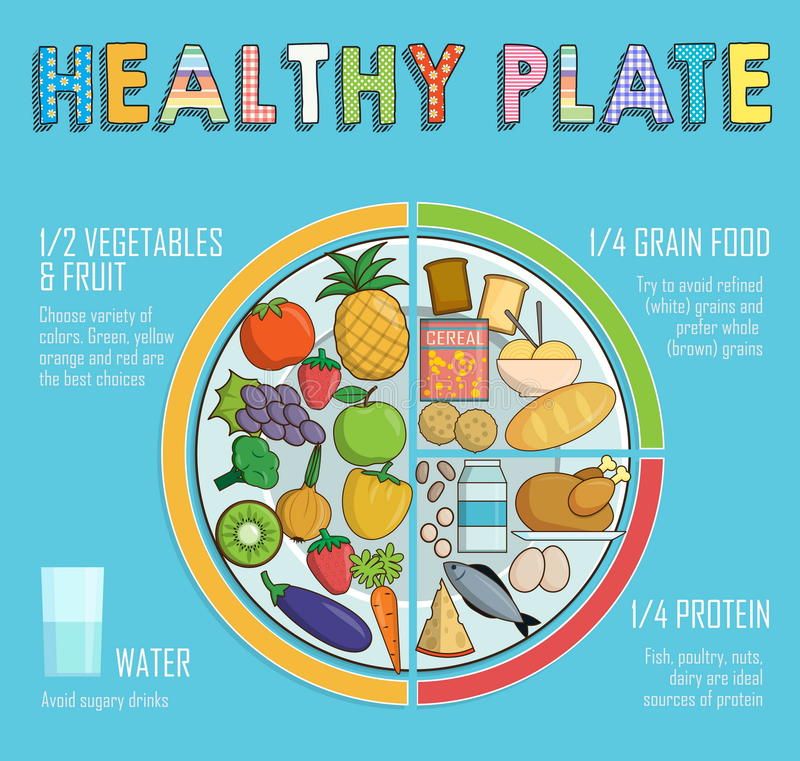
7. Avoid snacking. Cookies, coffees, fruits between meals reduce appetite.
8. Do not sit your child with their back to the door. This will distract him. In addition, there is an opinion that such an arrangement at the dinner table increases anxiety and, accordingly, reduces appetite.
9. Monitor the temperature in the room. The child should be comfortable at the time of eating (not cold and not hot).14.
Monitor the temperature in the room
10. Don't force your child to sit at the table and wait for food to be served. This is even more tiring.
11. Avoid negative emotions, unpleasant conversations while eating.
12. Do not scold your child before and during meals.
13. Each meal should be at approximately the same time (breakfast - 9:00; lunch - 14:00; dinner - 18:00). This will allow the child to eventually decide for himself whether he is hungry or not.
Read also: Why does the child not speak?
14.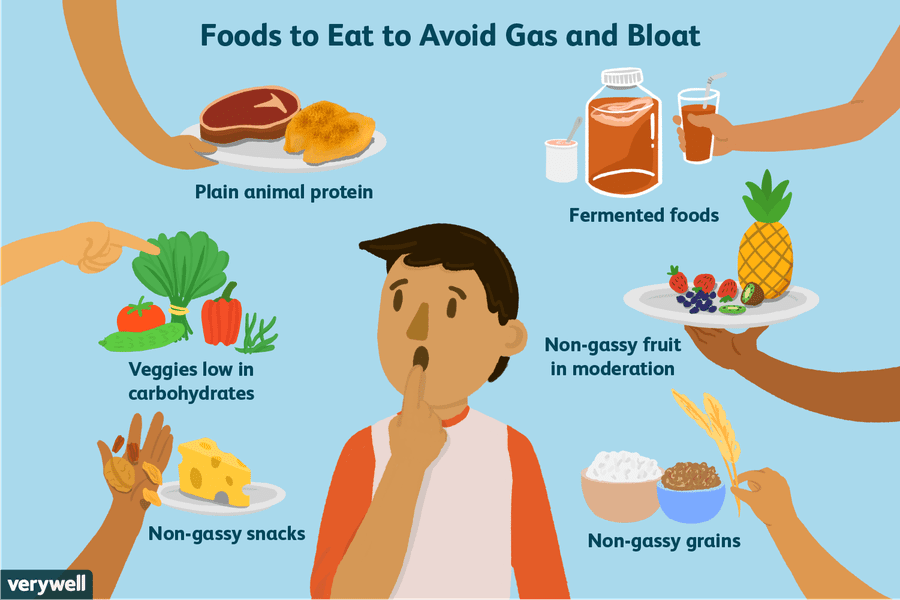 Do not make harsh remarks to the child during meals. “Don’t dance!”, “Eat carefully!”, This negatively affects the child’s attitude to food and the process of eating in general. First, return the appetite, and then learn the etiquette.
Do not make harsh remarks to the child during meals. “Don’t dance!”, “Eat carefully!”, This negatively affects the child’s attitude to food and the process of eating in general. First, return the appetite, and then learn the etiquette.
15. Let the child choose what he will eat. For example, you hoot him the first, and he wants the second, or vice versa (after all, we adults also do this, we choose).
16. If your child is between 1 and 3 years old and does not want to eat, look into his mouth. The cause may be stomatitis or teething.
Cutting teeth may be the reason for refusal.
17. Make food beautiful (parsley instead of grass, funny faces on the plate). The child will be interested.
18. Cook together. Together, pick up an interesting recipe and go to the store for the right products, and then cook your favorite dish together.
Remember! It's about gradual changes, nothing happens overnight, be patient.
We really hope that you liked this material and we tried not in vain. Support us financially! Click the button and transfer 50 UAH
Support us financially! Click the button and transfer 50 UAH
Transfer
A nutritionist spoke about the formation of proper eating habits in children - Teacher's newspaper
Proper nutrition is the key not only to good health, but also to intelligence. Ekaterina Timina, a nutrition specialist, told the Teacher's Newspaper how to painlessly instill high-quality eating habits in children.
Photo: ru.freepik.comDoctors believe that good nutrition can balance a child's energy, improve reaction time, help maintain a healthy weight and form active growth. A healthy diet is when the diet is properly balanced in proteins, fats and carbohydrates. A healthy diet can help prevent certain types of allergies and chronic diseases. Eating habits are formed in the family, so it is important for parents themselves to maintain the correct gastronomic traditions, to refuse harmful dishes and products.
Nutritionist Ekaterina Timina shared her opinion on the diet for children and talked about what is "wrong eating behavior", which is now often talked about.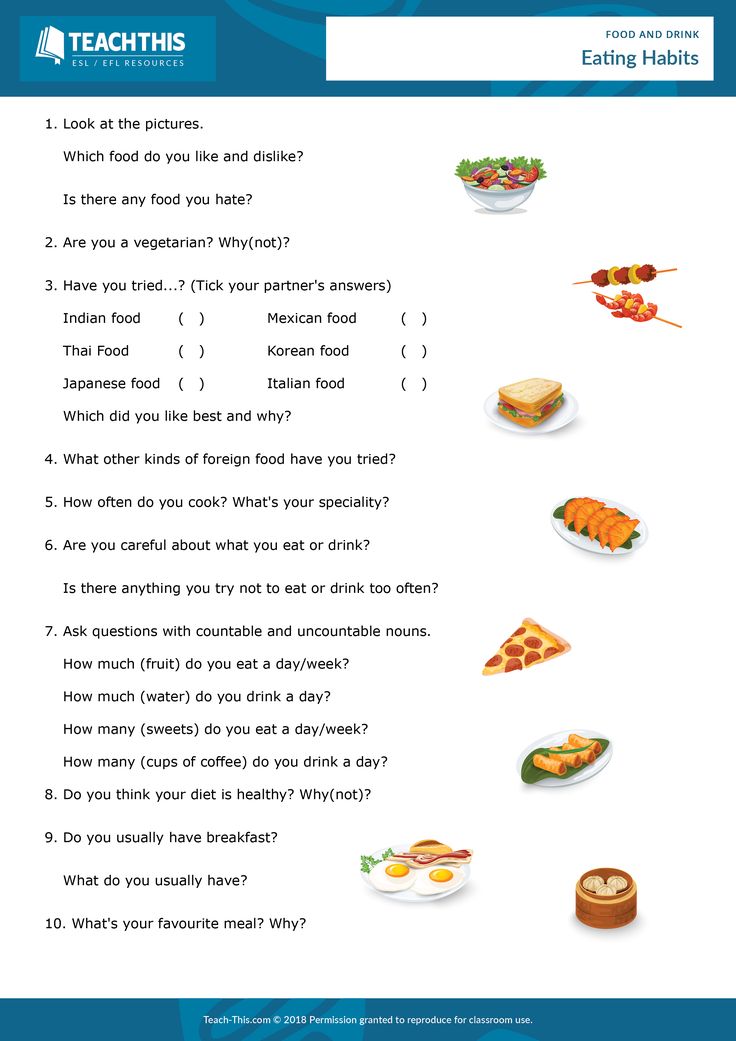
– The main principle of children's nutrition, in my opinion, is a varied diet. It is important that the child eats different foods with pleasure, and does not give preference to one thing. Well, of course, this diversity should be in simple products: such as vegetables, fruits, cereals, vegetable and animal proteins, fats. When choosing products, first of all, you should pay attention to the composition, if these are some ready-made options (cottage cheese, yogurt, snacks, cereals, etc.).
About right and wrong eating behavior
Wrong eating behavior is when a child is fed under cartoons, explaining that “otherwise he won't eat”, when he is forced to eat something against his will. Wrong eating behavior is also when a child, for example, eats only pasta with sausage and is limited only to this. Normal eating behavior is when a child eats if he is hungry, and in his weekly diet there are about 30 different foods. If he is full, then he calmly does not finish the whole plate, and no one forces him to “finish it for mom, dad”.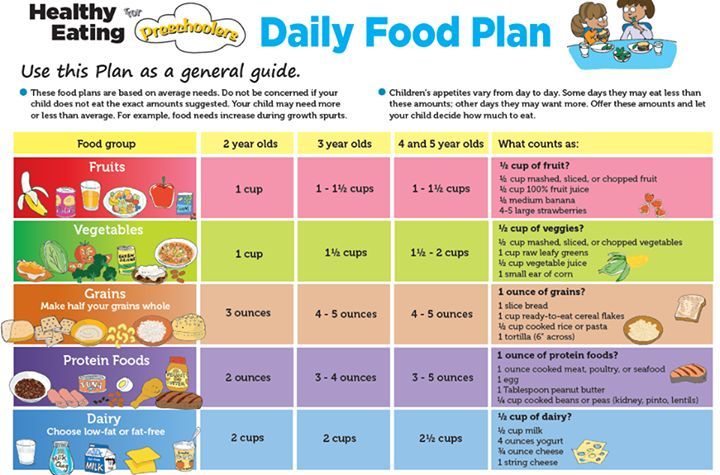
Where to start
With complementary foods, this is how we introduce the child to food. During this period, the basis of the diet will be breast milk or formula. Already in infancy, a child learns to interact with food, to try new things, to study taste. In my opinion, this is an important time when eating habits are already being laid. The main principles of nutrition of my own children: protein in every meal; “do not bite”, but eat fully; I always give vegetables, explaining in every possible way that they need to be eaten; I try to diversify my diet. At any age in the diet for a child are important: fiber, protein foods, complex carbohydrates and fats. And a very small part falls on simple carbohydrates from "sweets".
How to eat properly for adults and children
Both adults and children benefit from split meals (5-6 times a day), with breaks no longer than 4 hours. Eat in small portions. The last meal is 2-3 hours before bedtime. It is best to eat freshly prepared food. 3 main meals per day are recommended: breakfast, lunch and dinner, plus 2 more snacks.
It is best to eat freshly prepared food. 3 main meals per day are recommended: breakfast, lunch and dinner, plus 2 more snacks.
The ratio in the diet of proteins, fats and carbohydrates (for a healthy body) is 15:30:55. Protein foods are best consumed for breakfast and lunch, carbohydrates (mostly vegetables) in the evening. Salt and sugar are best consumed in a minimal amount. Spicy, fried and foods with preservatives should be kept to a minimum. It is recommended to cook food for a couple, or boil, bake in the oven or on the grill.
Calorie intake
The approximate daily calorie intake for a healthy person depends on age and gender: for a child from 1 to 2 years old - 1200 kcal, from 2 to 3 - 1400 kcal. Up to 1800 kcal - for a child 3-7 years old, 2300-2500 - for adolescents 11-14 years old, 2500-2900 - aged 14 to 18 years.
Don't forget to drink water too. Per day, children from 1 to 3 years old are recommended to consume 1100-1200 ml of liquid, from 4 to 8 years old - 1600 ml, at 9-13 years old - 1900-2100 ml, and for adolescents 14-18 years old - 2000-2500 ml. You can account for all liquids per day, including soups, teas, juices, etc.
You can account for all liquids per day, including soups, teas, juices, etc.
Is it sometimes "bad"
Of course, sometimes you need to make exceptions in nutrition, because we are not robots (let alone children!). I allow my daughter to try something harmful, for example, at children's parties, where everyone usually eats pizza, burgers, etc. So my daughter recently tried french fries.
Holiday food is another story. I'm not opposed to the child trying new dishes, but again, in the aisles of reason, so that it does not turn out that at the buffet the children eat only pancakes and pizza nuggets!
Children should not eat everything every day, especially if you take into account all kinds of fast food, chips, crackers, soda ... For a child's body, this is too much and unnecessary burden. Of course, I don’t want my daughter to have the “forbidden fruit is sweet” rule work, so I just talk about the composition of the products, together we think about some alternative options instead of harmful dishes, etc.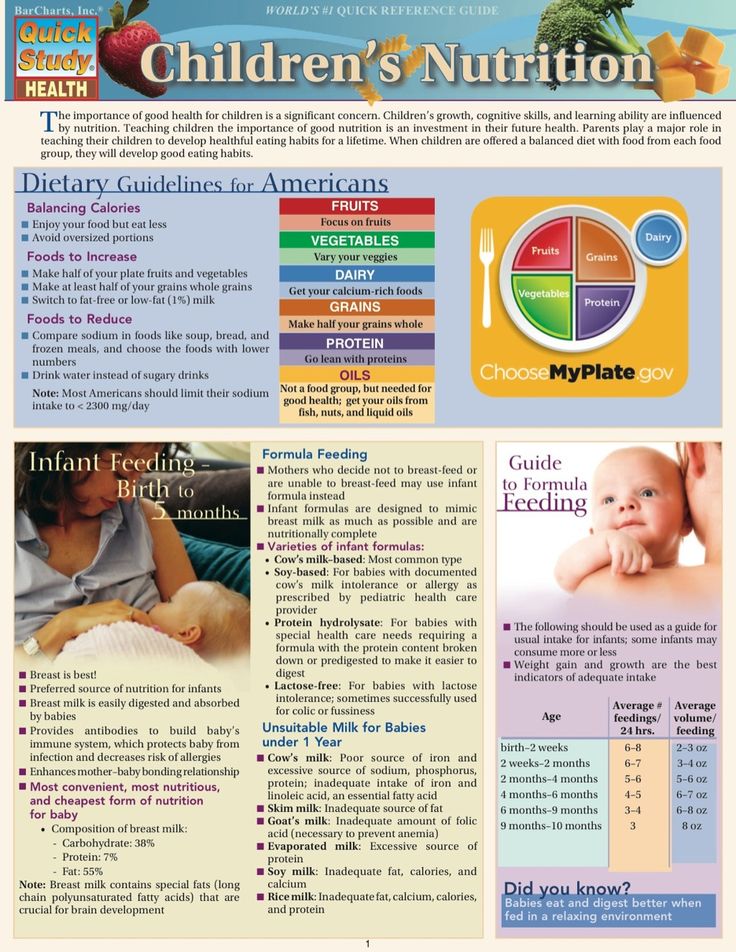 Sometimes we manage to agree, and sometimes not. In general, it is ideal to develop good habits immediately with complementary foods, then it will be easier later.
Sometimes we manage to agree, and sometimes not. In general, it is ideal to develop good habits immediately with complementary foods, then it will be easier later.
About ideal nutrition
It is impossible to be perfect, to refuse everything to yourself and your children. With my daughter, although I am a nutritionist, I myself made a few mistakes in infancy, and now I am actively introducing vegetables to her. This is quite a difficult task and requires patience. In general, healthy habits should be actively maintained in the family. I recommend that parents start with themselves - if you eat right, then this will be the best example for children!
Previously, the Uchitelskaya Gazeta online publication talked about how to recognize a lack of vitamins and minerals in the body. A person receives most of the microelements and vitamins needed by the body with food. In case of a shortage of some substances, digestive problems, skin diseases appear, the condition of the bones changes, etc.